Perimeter and Area of Mixed Figures
Here we will discuss about the Perimeter and area of mixed figures.
1. The length and breadth of a rectangular field is 8 cm and 6 cm respectively. On the shorter sides of the rectangular field two equilateral triangles are constructed outside. Two right-angled isosceles triangles are constructed outside the rectangular field, with the longer sides as the hypotenuses. Find the total area and perimeter of the figure.
Solution:
The figure consists of the following.
(i) The rectangular field ABCD, whose area = 8 × 6 cm2 = 48 cm2
(ii) Two equilateral triangles BCG and ADH. For each, area = √34 × 62 cm2 = 9√3 cm2
(iii) Two isosceles right-angled triangles CDE and ABF, whose areas are equal.
IF CE = ED = x then x2 + x2 = 82 cm2 (by Pythagoras’ theorem)
or, 2x2 = 64 cm2
or, x2 = 32 cm2
Therefore, x = 4√2 cm
Therefore, area of the ∆CDE = 12 CE × DE
= 12 x2
= 12 (4√2)2 cm2
= 12 32 cm2
= 16 cm2
Therefore, area of the figure = area of the rectangular field ABCD + 2 × area of the ∆BCG + 2 × area of the ∆CDE
= (48 + 2 × 9√3 + 2 × 16) cm2
= (80 + 18√3) cm2
= (80 + 18 × 1.73) cm2
= (80 + 31.14) cm2
= 111.14 cm2
Perimeter of the figure = length of the boundary of the figure
= AF + FB + BG + GC + CE + ED + DH + HA
= 4 × CE + 4 × BG
= (4 × 4√2 + 4 × 6) cm
= 8(3 + 2√2) cm
= 8(3 + 2 × 1.41) cm
= 8 × 5.82 cm
= 46.56 cm
2. The dimension of a field are 110 m × 80 m. The field is to be converted into a garden, leaving a path 5 m broad around the garden. Find the total cost of making the garden if the cost per square metre is Rs 12.
Solution:
For the garden, length = (110 – 2 × 5) m = 100 m, and
Breadth = (80 – 2 × 5) m = 70 m
Therefore, area of the garden = 100 × 70 m2 = 7000 m2
Therefore, total cost of making the garden = 7000 × Rs 12 = Rs 84000
3. A square-shaped piece of paper is cut into two pieces along a line joining a corner and a point on an opposite edge. If the ratio of the areas of the two pieces be 3:1, find the ratio of the perimeters of the smaller piece and the original piece of paper.
Solution:
Let PQRS be the square-shaped piece of paper. Let its side measure a units.
It is cut along PM. Let SM = b units
Area of the ∆MSP = 12 PS × SM = 12 ab square units.
Area of the square PQRS = a2 square units.
According to the question,
area of the quadrilateral PQRMarea of the ∆MSP = 31
⟹ area of the quadrilateral PQRMarea of the ∆MSP + 1 = 4
⟹ area of the quadrilateral PQRM + area of the ∆MSParea of the ∆MSP = 4
⟹ area of the square PQRSarea of the ∆MSP = 4
⟹ a212ab=4
⟹2ab = 4
⟹ a = 2b
⟹ b = 12a
Now, PM2 = PS2 + SM2; (by Pythagoras’ theorem)
Therefore, PM2 = a2 + b2
= a2 + (12a )2
= a2 + 14a2
= 54a2.
Therefore, PM2 = √52a.
Now, perimeter of the ∆MSPperimeter of the square PQRS = MS + PS + PM4a
= 12a+a+√52a4a
= (3+√52)a4a
= 3+√58
= (3 + √5) : 8.
4. From a 20 cm × 10 cm plywood board an F-shaped block is cut out, as shown in the figure. What is the area of a face of the remaining board? Also find the length of the boundary of the block.
Solution:
Clearly, the block is a combination of three rectangular blocks, as shown in the below figure.
Therefore, area of a face of the block = 20 × 3 cm2 + 3 × 2 cm2 + 7 × 3 cm2
= 60 cm2 + 6 cm2 + 21 cm2
= 87 cm2
Area of a face of the uncut board = 20 × 10 cm2
= 200 cm2
Therefore, area of a face of the remaining board = 200 cm2 - 87 cm2
= 113 cm2
Required length of the boundary = (20 + 3 + 11 + 2 + 3 + 2 + 3 + 7 + 3 + 10) cm
= 64 cm
From Perimeter and Area of Mixed Figures to HOME PAGE
Didn't find what you were looking for? Or want to know more information about Math Only Math. Use this Google Search to find what you need.
Recent Articles
-
Vertical Subtraction | Examples | Word Problems| Video |Column Method
Mar 22, 25 05:20 PM
Vertical subtraction of 1-digit number are done by arranging the numbers column wise i.e., one number under the other number. How to subtract 1-digit number vertically? -
Worksheet on 11 Times Table | Printable Multiplication Table | Video
Mar 22, 25 05:08 PM
Worksheet on 11 times table can be printed out. Homeschoolers can also use these multiplication table sheets to practice at home. -
Worksheet on 10 Times Table | Printable Multiplication Table | Video
Mar 21, 25 03:46 PM
Worksheet on 10 times table can be printed out. Homeschoolers can also use these multiplication table sheets to practice at home. -
5th Grade Prime and Composite Numbers | Definitions | Examples | Math
Mar 21, 25 12:18 AM
5th grade prime and composite numbers -
14 Times Table | Read and Write Multiplication Table of 14| Video
Mar 20, 25 04:03 PM
In 14 times table we will learn how to read and write multiplication table of 14. We read fourteen times table as:One time fourteen is 14 Two times fourteen are 28 Three times fourteen are 42
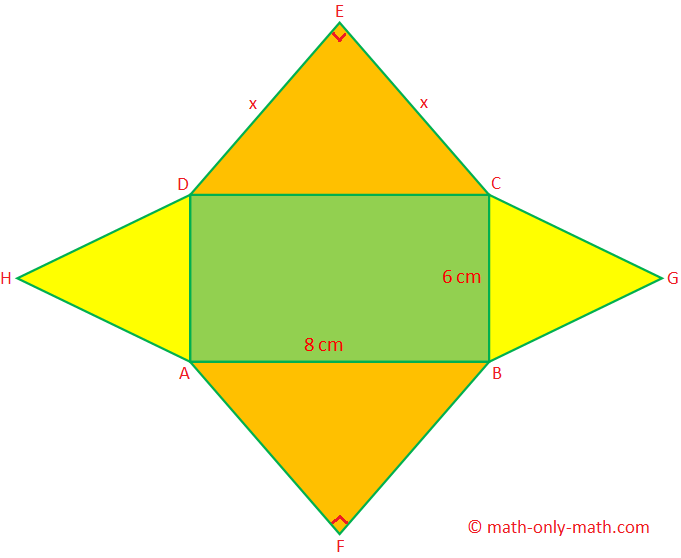
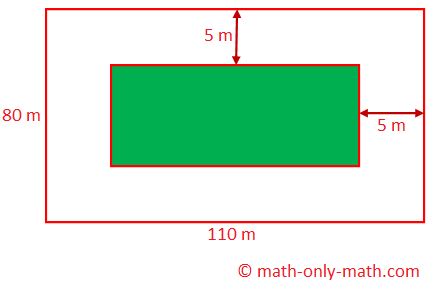
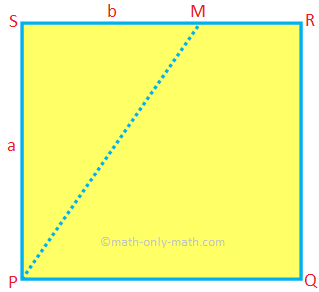
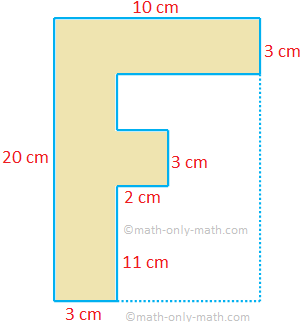
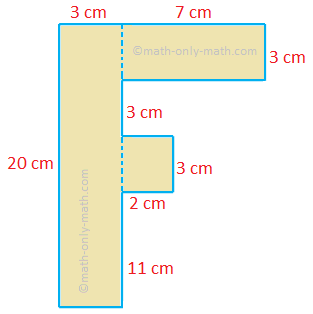




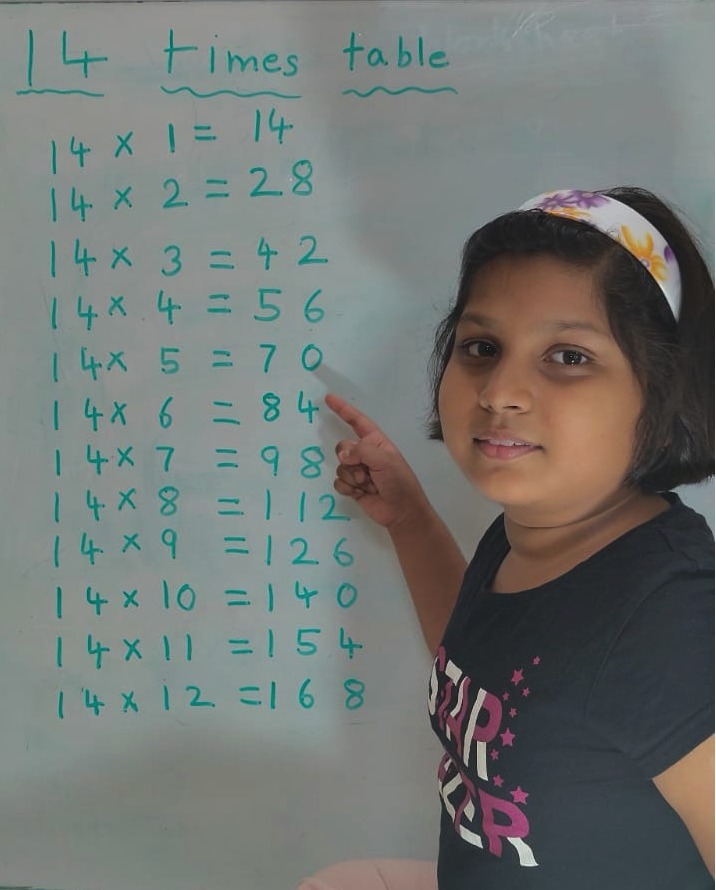
New! Comments
Have your say about what you just read! Leave me a comment in the box below. Ask a Question or Answer a Question.